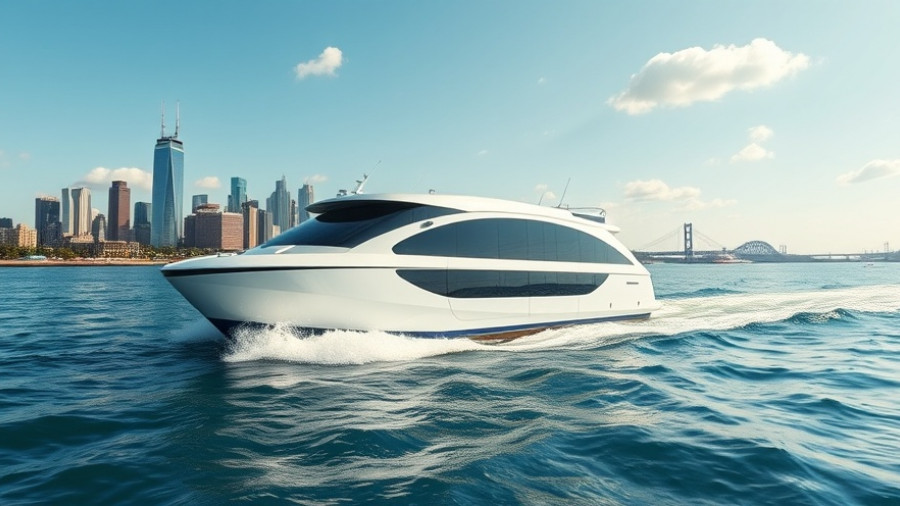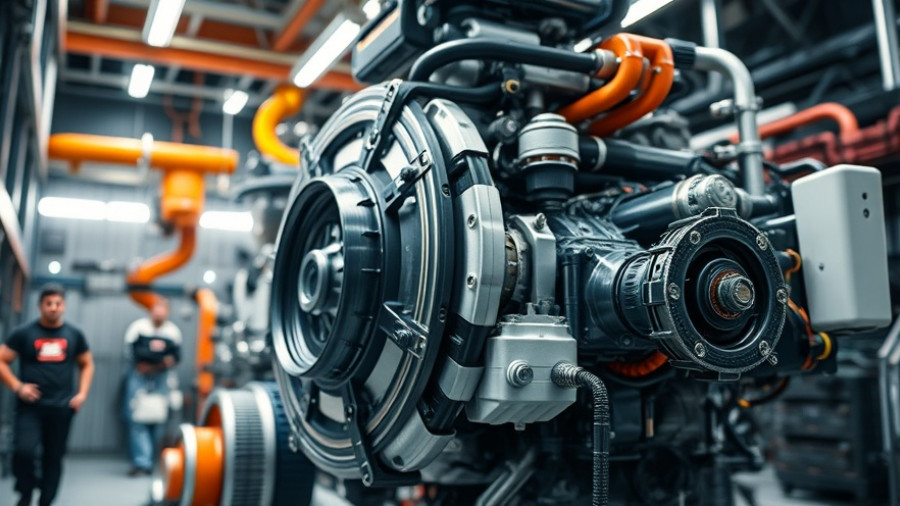
The Rising Need for Forward-Deployed Maintenance
In recent years, the U.S. Navy has faced increasing challenges in maintaining its fleet. As global tensions rise, the demand for operational readiness has become more pressing than ever. The partnership between Vigor Marine Group (VMG) and Samsung Heavy Industries (SHI) responds to this need, positioning itself to offer innovative maintenance, repair, and overhaul (MRO) solutions to support the Navy’s strategic objectives in the Indo-Pacific region.
Harnessing Advanced Technology for Operational Agility
The collaboration emphasizes the integration of SHI's advanced technology and VMG's project management expertise. This combination aims to streamline repair processes, thereby reducing vessel downtime. By leveraging smart systems and automation, the partnership aspires to enhance the operational tempo of naval fleets, ensuring that they can respond rapidly and effectively to emerging threats. This collaborative approach not only benefits the Navy but also sets a benchmark for efficiency in the maritime industry.
Exploring Shipbuilding Opportunities at Home
A significant aspect of this partnership is its potential to revitalize shipbuilding in the U.S. VMG aims to return to its roots by exploring shipbuilding projects domestically. By marrying their operational capabilities with SHI’s capabilities, they could pioneer new ship designs tailored to both military and commercial needs. This renewal could bolster local economies and create job opportunities, aligning with national interests of maintaining a robust defense industry at home.
The Importance of Strategic Relationships
Strategic partnerships like the one between VMG and SHI underscore the importance of collaboration in addressing national security demands. As outlined by Francesco Valente, CEO of VMG, a deep understanding of the Navy’s evolving needs is essential for success. By combining resources and expertise, the partnership sets a strong foundation for world-class MRO services while reinforcing ties between U.S. and allied industrial capabilities.
Future Insights: Innovations in Naval Operations
Looking forward, investing in advanced technologies will be crucial for enhancing fleet operations. Both VMG and SHI are committed to innovation, suggesting that future collaborations could incorporate elements like augmented reality for training, artificial intelligence for predictive maintenance, and green technologies for more sustainable operations. This forward-thinking approach could make maintenance not just reactive but proactive, contributing significantly to fleet readiness.
As the Navy navigates a complex global landscape, partnerships like this will be vital in ensuring fleets remain operational and effective. The emphasis on forward-deployed MRO services aligns perfectly with the strategic military context, marking a new chapter in naval maintenance support.
 Add Row
Add Row  Add
Add 




Write A Comment